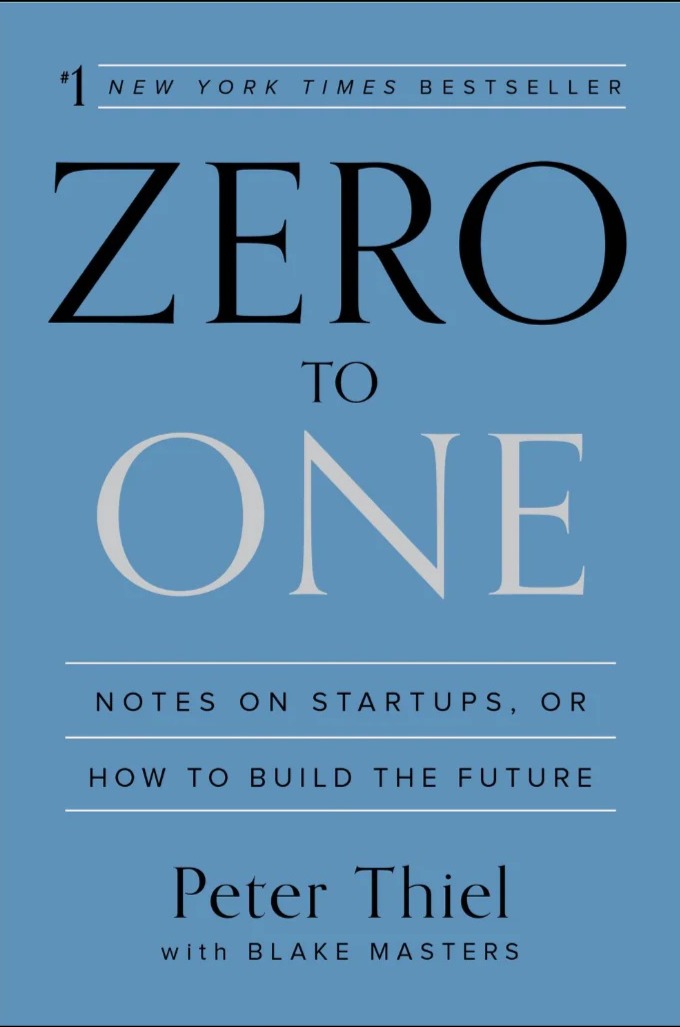
Why I Love Zero to One
Zero to One has been one of the most transformative business books of my career—a true game-changer that I’ve read and re-read, filling the margins with notes and ideas every time. This book fundamentally reshaped how I think about product innovation and market strategy.
One principle that’s stuck with me is the idea that a product must be 10x better than its nearest competitor to convince people to switch from what they’re using today. This single insight has influenced how I evaluate products, go-to-market strategies, and competitive positioning.
What makes Zero to One so impactful is its structure—it’s derived from the notes of one of Peter Thiel’s Stanford students, so every chapter is packed with tangible advice, sharp insights, and real-world case studies. Thiel dives into why some companies succeed in creating monopolies (something every startup should aim for) and why others fail to achieve dominance, providing invaluable lessons from both sides.
Whether you’re building a product, evaluating a market, or crafting a growth strategy, Zero to One offers a blueprint for thinking differently—and winning. It’s a book I return to often, and its lessons continue to shape how I approach business challenges.
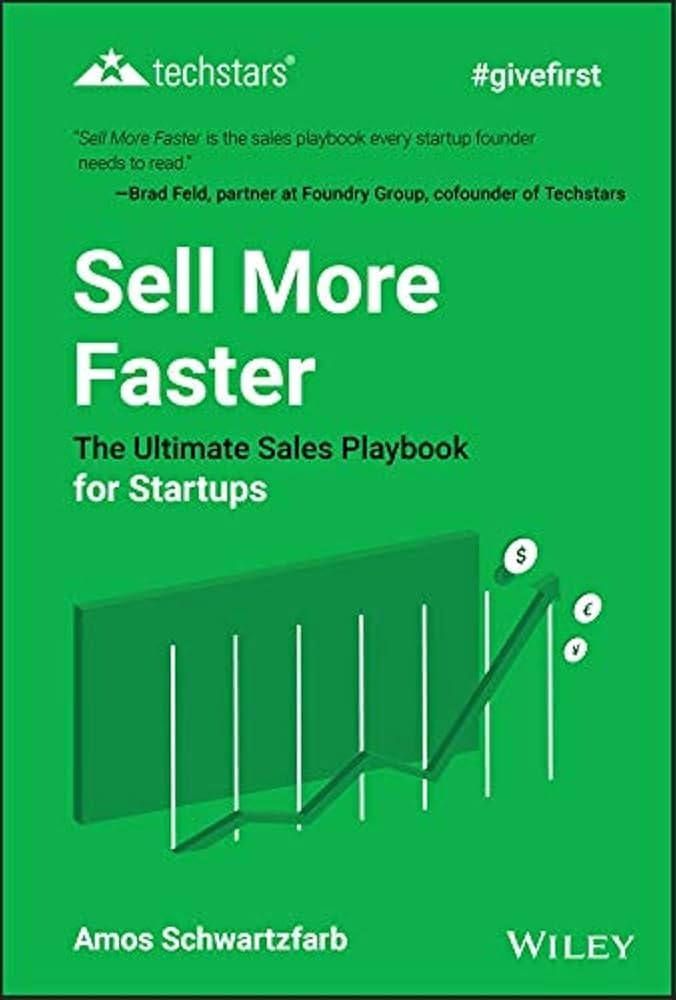
Why I Love Sell More Faster
This book is an absolute must-read for any founding leadership team or anyone responsible for scaling a small business, no matter the industry. Sell More Faster taught me the critical groundwork needed when you’ve just launched your product and started landing your first customers. It’s about taking a step back to deeply analyze those early clients: Are they the right fit for your product? Is your product truly solving a need for them?
This insight has been transformative for me, especially after seeing companies repeatedly make the same mistake: landing a few big clients, only to have them never use the product because it wasn’t the right fit. It’s not that the product is wrong—it’s that the entire go-to-market strategy, from marketing materials to sales enablement and client success structure, is built around the wrong segment of the market. For a small, underfunded company, this misstep can be disastrous, as every dollar invested needs to generate a return.
What Sell More Faster emphasizes—and what I’ve learned to love—is the importance of pausing to do the hard, strategic work of identifying your true target customer. This means understanding not just who will buy your product but who will use it, value it, and grow with it. For me, this process is challenging but incredibly rewarding. This book provides the blueprint for scaling with intention and avoiding costly missteps, making it one I recommend to every startup leader or small-business owner.
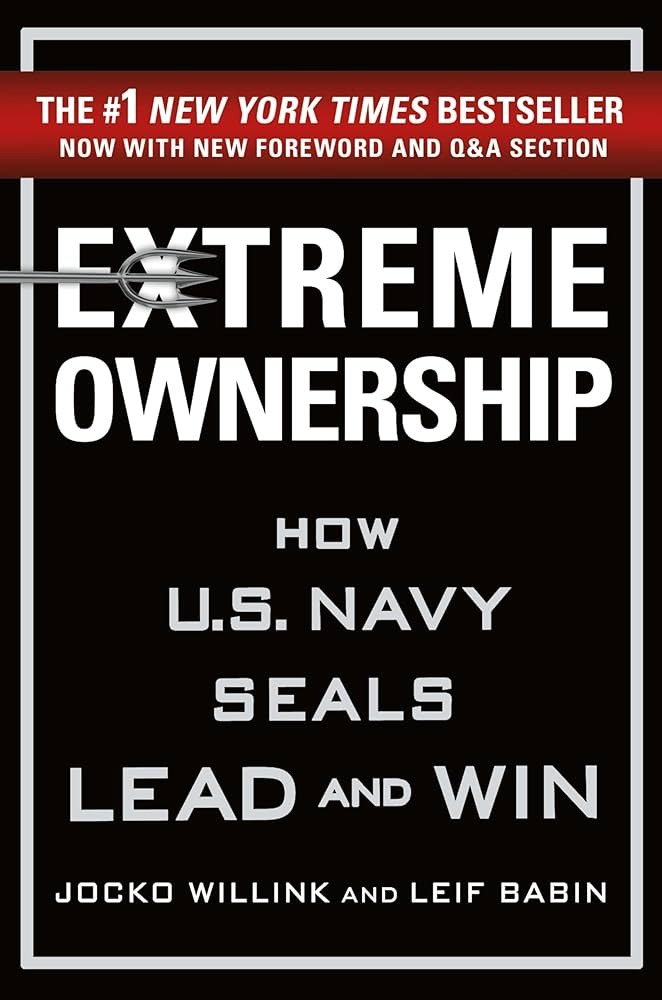
Why I Love Extreme Ownership
One of the most powerful lessons I’ve learned throughout my career—and one of the core principles of Extreme Ownership by Jocko Willink and Leif Babin—is the importance of simplicity. This book drives home the idea that complexity leads to confusion and failure, while simplicity creates clarity, decisive action, and ultimately, success.
I’ve seen this play out firsthand across organizations of all sizes. In successful product rollouts and system implementations, simplicity empowered teams to align and act effectively. On the flip side, overly complex plans—no matter how promising—often faltered under the weight of miscommunication and missteps.
This principle is just as vital in sales and marketing. I’ve learned that when presenting solutions, breaking things down into a clear, three-step story resonates most:
- Here’s the challenge.
- Here’s the solution.
- Here’s the outcome.
Focusing on the essentials makes it easier for clients to understand, connect with, and act on the information.
For me, Extreme Ownership reinforced that simplicity isn’t just a strategy—it’s a force multiplier. The simpler the approach, the greater the chances for meaningful impact and lasting success.
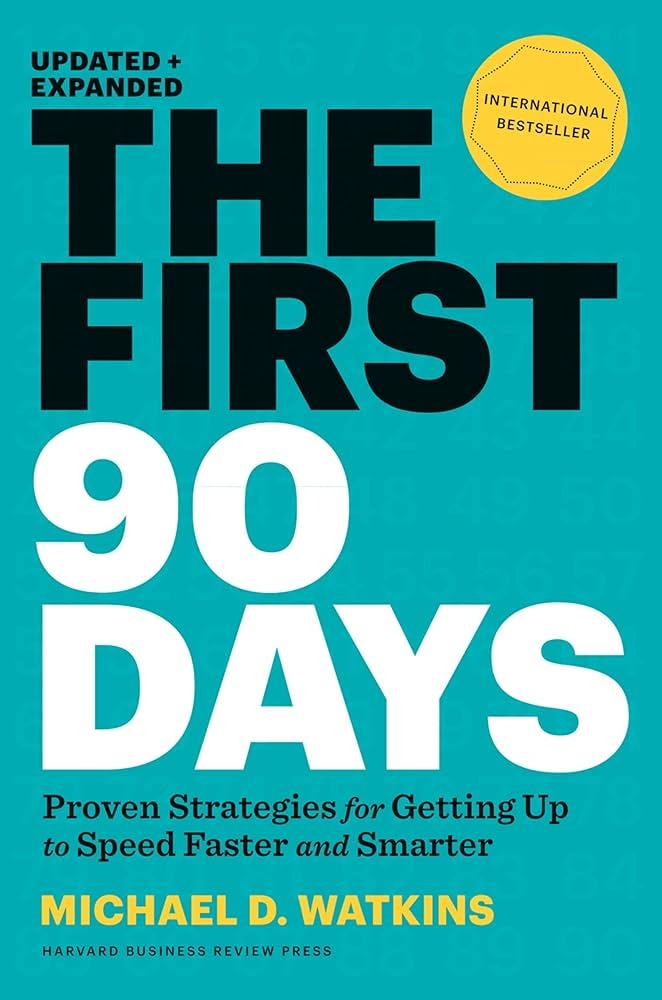
Why I Love The First 90 Days
If there’s one book I keep returning to whenever I step into a new role, it’s The First 90 Days. For me, this book isn’t just a guide—it’s a playbook for success in any leadership transition. Michael D. Watkins provides a structured framework for navigating those critical first months on the job, filled with actionable insights that leaders can apply from day one.
During my time at Simmons Research, Andrew Feigenson, then CEO of Simmons and one of my mentors, and I leaned heavily on this book. Early wins were a must, and The First 90 Days helped us assess the root issues holding the company back: a clunky UI, inaccessible data, and narrow user adoption. Following the lessons from the book, we rallied the team to release a user-friendly database that transformed customer insights accessibility. That shift not only revitalized our user base but also sparked a broader turnaround for the company.
The book emphasizes the importance of:
- Diagnosing Strategy and Structure: It pushed me to understand not just what needs to change, but how and when to implement those changes effectively.
- Securing Early Wins: These victories build credibility and momentum while reinforcing the idea that progress is both possible and essential.
- Creating Alignment: Whether it’s aligning your vision with your team’s or ensuring systems and processes are fit for purpose, this step is essential to long-term success.
The beauty of The First 90 Days is that it isn’t just for leaders stepping into new roles—it’s a playbook for anyone looking to ignite meaningful, sustainable change. It’s a must-read for leaders who understand that their impact begins long before their first official day.
It’s also a great resource for graduates just entering the workforce. It inspires a deeper understanding of how great leadership teams steer the ship and how you can contribute to the success of your department and broader organization.
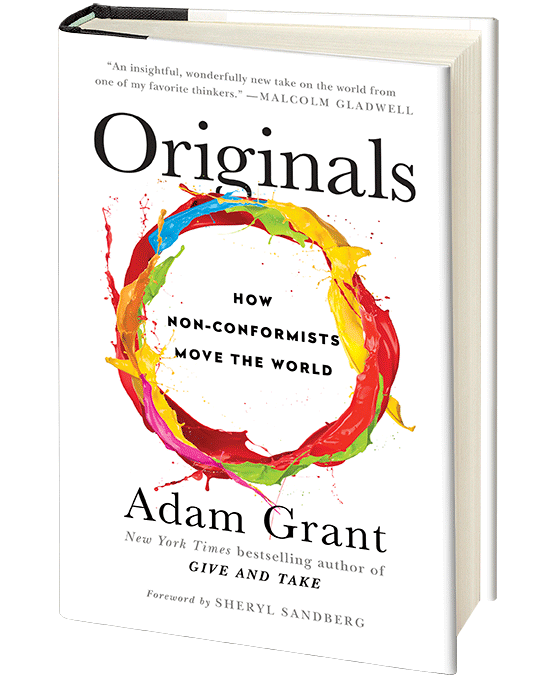
Why I Love Originals
One of my favorite takeaways from Adam Grant’s Originals is this: greatness isn’t born—it’s cultivated. The book is packed with inspiring stories and insights about how anyone can champion novel ideas and create meaningful change, but what sticks with me most is the reminder that originality and mastery are often the result of practice and persistence.
In the book, Grant highlights how many of history’s greatest artists, thinkers, and innovators weren’t naturally gifted from the start—they got there through consistent effort and experimentation. It’s such an important reminder for anyone who feels intimidated by pursuing something great: being “bad” at something today doesn’t reflect your future potential. With “practice, passion, and more practice,” as Angela Duckworth (another one of my favorite business psychologists) puts it, greatness is within reach.
I also love how Originals flips so many common assumptions about creativity and success on their head. If you’ve ever doubted your own ability to create something new or feared that your ideas wouldn’t gain traction, Originals will give you the tools and inspiration to move forward. It’s a powerful reminder that originality isn’t a talent you’re born with—it’s a skill you can cultivate.
Adam Grant challenges us to take that first step toward greatness, and Originals provides a roadmap to help us get there. It’s a must-read for anyone who wants to leave a meaningful mark on their work, their community, or the world.
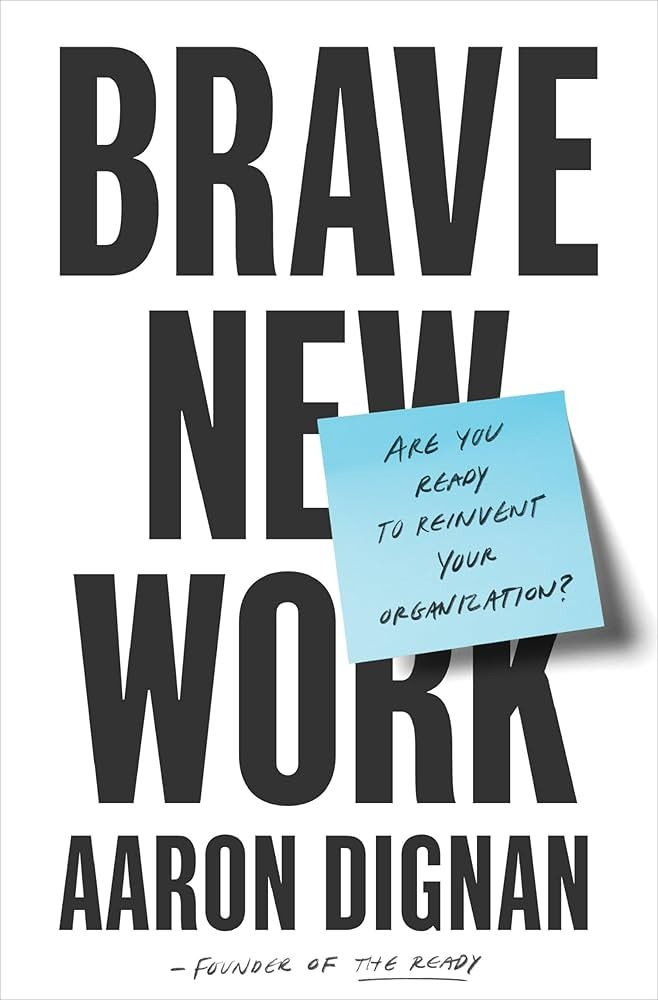
Why I Love Brave New Work
“May you inherit a world in which everyone finds fulfillment and prosperity at work. And if you don’t, may you help build one.”
This opening quote from Brave New Work captures everything I believe about the workplace—and why Aaron Dignan’s book is such a game-changer. It’s a call to action to rethink how we work, collaborate, and lead, and a challenge to create organizations where people truly thrive.
I first read this book when Simmons Research was acquired by MRI (owned by GfK in Europe), and the stark contrast in cultures was eye-opening. At Simmons, we’d just completed an incredible turnaround—revitalizing innovation, breaking down silos, and aligning teams to spark creativity and progress. But after the acquisition, all that progress seemed to wither without the same collaborative culture to nurture it.
I’ll never forget asking MRI’s HR team for an org chart—a basic tool I’ve always relied on to understand who’s who and how to collaborate. Their response floored me: “We’re not allowed to share that. Leadership is afraid recruiters will use it to poach talent.”
That moment symbolized everything that Brave New Work warns against: the fear, opacity, and rigidity that stifle innovation and connection. Of course, I didn’t let that stop me. I grabbed a whiteboard, pulled in a couple of MRI veterans, and mapped out the org chart myself. For the first time in years, those colleagues looked alive—excited to collaborate and share knowledge.
One of my favorite stories from Brave New Work is about a leadership team grappling with a recurring monthly meeting that had become an enormous time and money drain. After a day of deep discussions, they asked the tough question: “Do we actually get anything accomplished at that meeting?” The truth was, no one did. Together, they calculated the annual cost—factoring in the time spent preparing and attending—and realized they were spending millions on a meeting that wasn’t driving any value.
The moment of clarity came when Aaron asked them, “What would happen if we canceled it?” That simple question opened the door to a reimagining of how they worked—not just their meetings but their entire organizational structure. It’s a story that resonates deeply with me because it’s a reminder that even the smallest changes can unlock transformational progress.
This is what Brave New Work is all about: shining a light on the unnecessary, broken structures we’ve inherited and empowering teams to imagine something better.
Dignan’s insights aren’t just about fixing work for HR—they’re about empowering the revenue-driving departments like Sales, Marketing, Product, and Engineering to lead the charge. In B2C organizations, it’s even broader, touching every team that influences the four Ps.
If you’ve ever felt frustrated by bureaucracy, disconnected teams, or work that feels more like sabotage than progress, this book is for you. It’s a guide for anyone who wants to ignite change and help their organization evolve into a place where people and ideas thrive.
Brave New Work isn’t just a book I’ve read—it’s a mindset I carry into every company I join. Whether you’re leading a team or just starting out, this book will inspire you to make work better—for yourself and for everyone around you.
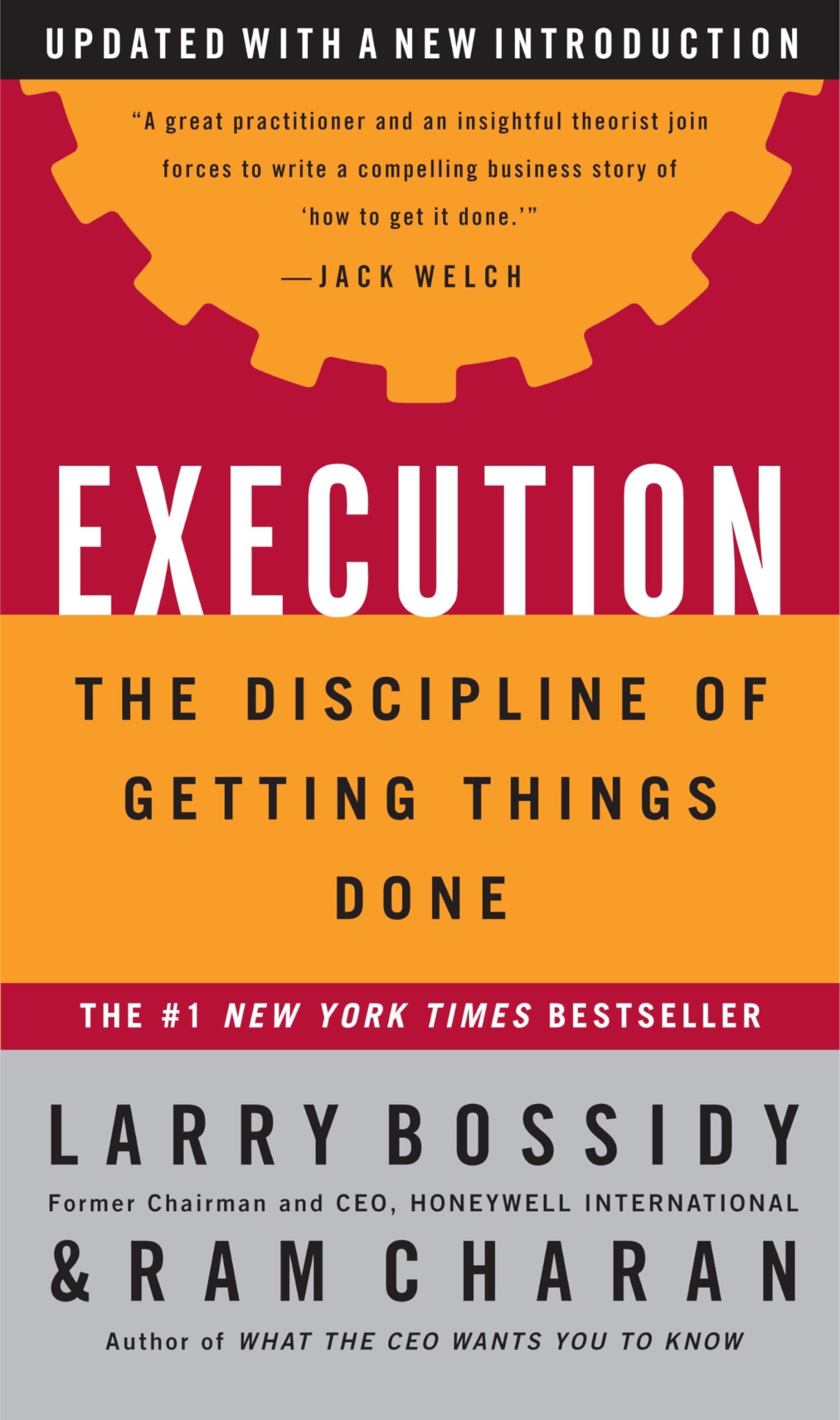
My personal take-aways coming in the next few days...
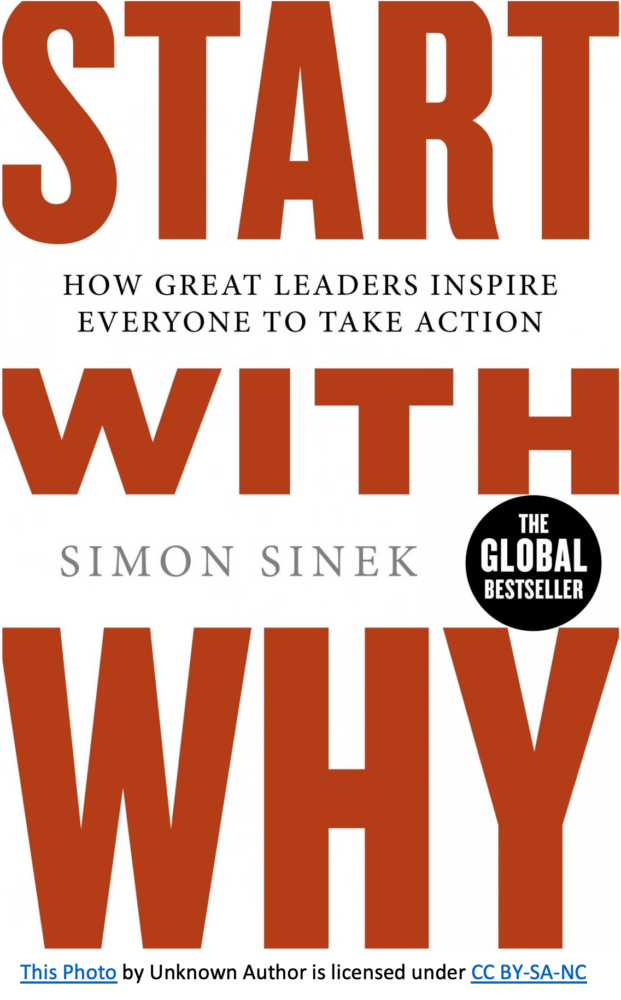
My personal take-aways coming in the next few days...
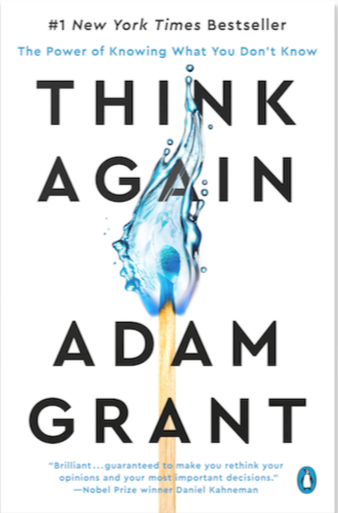
My personal take-aways coming in the next few days...
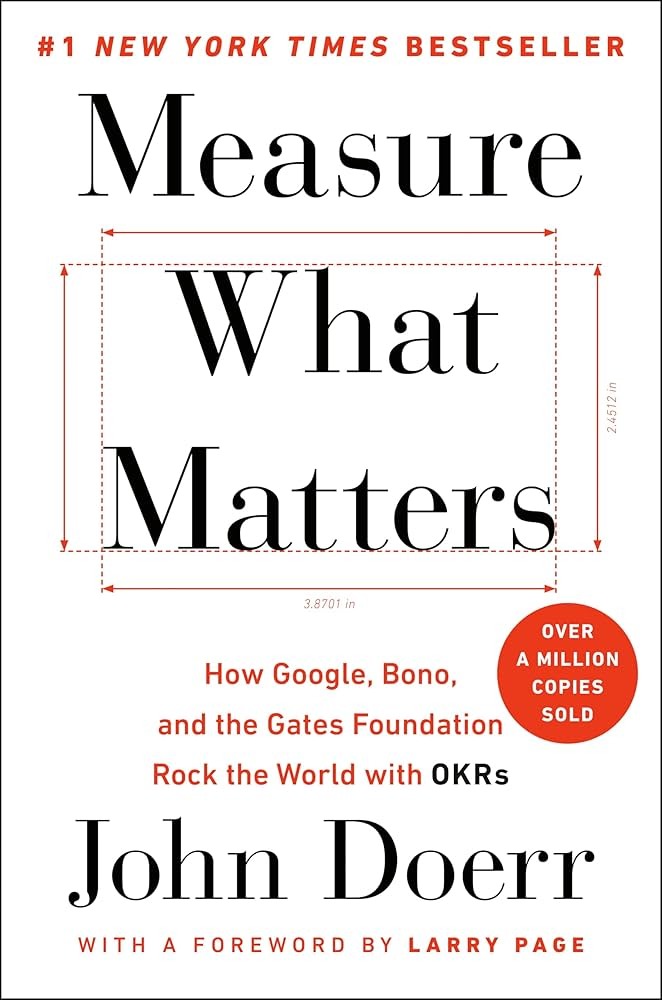
My personal take-aways coming in the next few days...
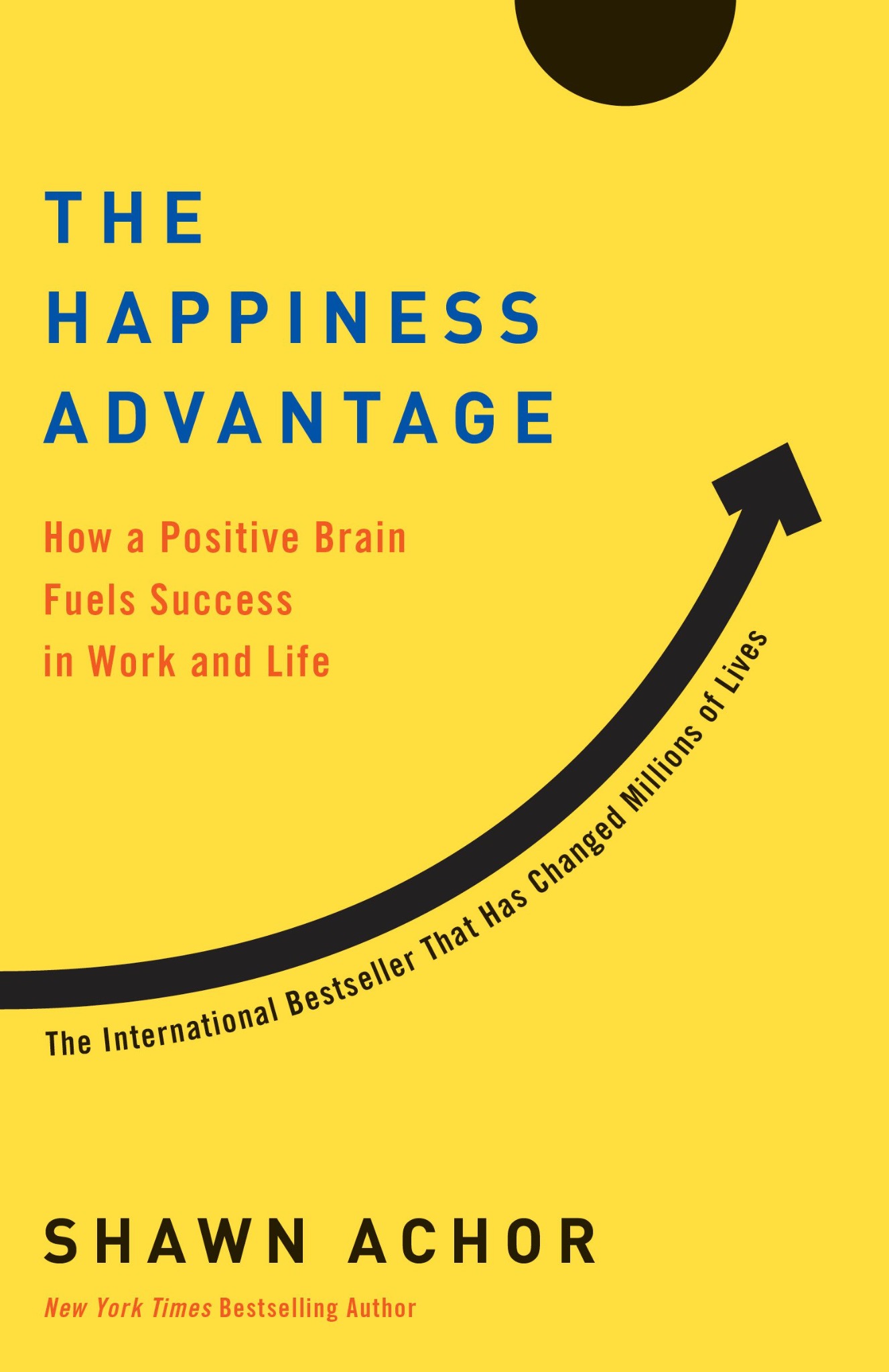
My personal take-aways coming in the next few days...